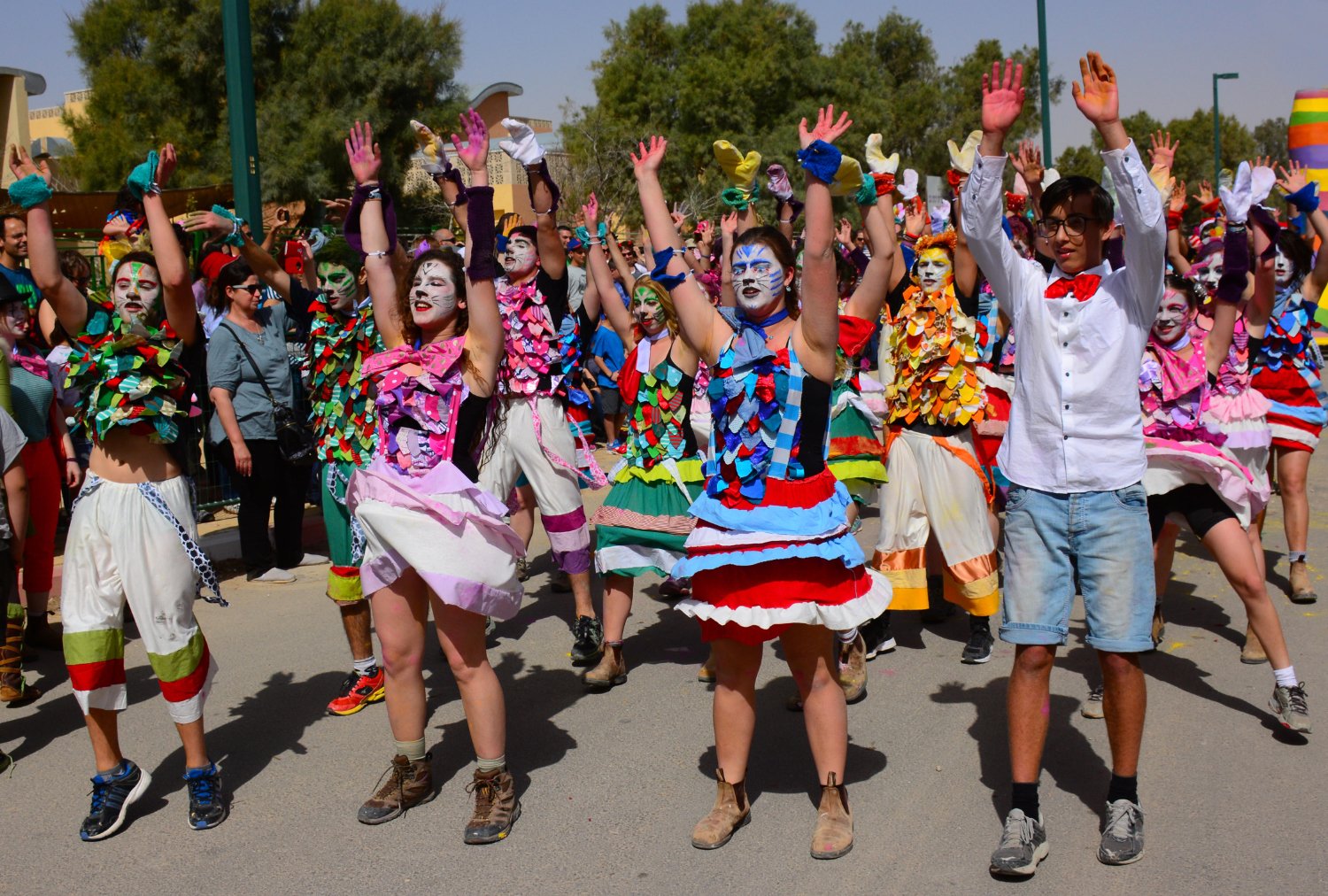Jewish Celebration of Purim: A Guide to Understanding the Festive Holiday
by onleaves

Not every Jewish excursion is marked with the aid of solemnity; take Yom Kippur, for example, a time of fasting, prayer, reflection, and atonement. However, in terms of the springtime celebration of Purim, it is an entirely distinct story. Purim is a time for unrestrained joy and joyful celebration, making it one of the most cheerful events for humans of every age.
The colorful festivities surrounding may be likened to 1 grand celebration or competition. The calendar is brimming with carnivals, lively track and dance events, and gatherings plentiful with scrumptious food and drinks. And it is now not even touching upon the whimsical Purim costumes showcased in parades and pageants at schools and diverse businesses. Another cherished lifestyle includes sharing presents of foods and drinks with cherished ones, creating an environment of abundance and marvel, with delightful treats at each flip.
To provide insights into the holiday and its customs, we grew to become Edana Appel, the director of camp and own family packages at the Westside Jewish Community Center in Los Angeles. Drawing from her expertise, we present an honest assessment of, delving into the biblical narrative that underlies it, exploring how American Jews have a look at it within the U.S., and knowledge of its significance for folks that partake in its celebrations.
Understanding Purim:
Purim’s roots may be traced back to the biblical e-book of Esther. The narrative unfolds with Queen Esther, the spouse of the Persian King Achaverosh, who, no matter being Jewish, stored her history a secret.
The plot thickens when Esther’s cousin Mordecai uncovers a scheme to assassinate the king and dutifully reviews it. However, Mordechai refuses to bow to Haman, the king’s influential guide, triggering Haman’s vengeful plan to annihilate all Jewish people in the Persian Empire.
Faced with this dire scenario, Mordechai implores Queen Esther to intrude and keep her humans. Esther devises a courageous and clever strategy to thwart Haman’s scheme, inviting each of the king and Haman to two banquets. At the second gathering, she drops two bombshells: Haman’s murderous intentions toward the Jews and her own Jewish identity.
These revelations, added forth by using Esther’s bravery, save Haman from executing his malicious plot. The king condemns Haman to death and appoints Mordechai, who had cared for Esther after her dad and mom’s loss of life, as Haman’s successor.
While there can be debate about Mordechai’s familial function, the emphasis, in step with Appel, lies in his preliminary defiance. He refuses to bow to Haman, placing a brave example that inspires Esther. Mordechai’s significance lies in his recognition that standing up, even without electricity, is critical. Esther, however, exemplifies a specific sort of bravery—preventing others at a personal chance. According to Appel, Mordechai teaches us to arise for ourselves, at the same time as Esther teaches us no longer to be passive bystanders in the face of injustice.
Also Read: What are the dates for Passover in the years 2024, 2025, 2026, and 2027?
How Purim is Celebrated in the U.S.:
In the United States, the celebration of revolves around fulfilling four key commandments, or mitzvot, as part of the festivities:
Megillah: This involves listening to the retelling of the Purim story.
Mishloach Manot: People exchange gifts of food and drink with friends.
Matanot Le-Evyonim: Giving to the poor is an integral part of the celebration.
Seudat Purim: The day is marked with a joyous and festive meal.
According to Appel, in the U.S., celebrations commonly include hearing the story, participating in a festive meal, and joining in Purim carnivals. Some individuals also engage in the tradition of sending food gifts. “Many communities perform skits that tell the story but use other themes like pop culture things,” she mentions.
The commandment to have fun and be joyous in honor of Esther’s bravery is central to these celebrations.
Traditional foods include the iconic three-sided pastry known as hamentaschen, symbolizing Haman’s hat. Eating hamentaschen is a symbolic act of destroying the memory of Haman. These pastries come in various flavors, including fruit, figs, poppy seeds, chocolate, and other sweet fillings.
Purim costumes are widely embraced, particularly by children. Popular choices include biblical characters such as Queen Esther, King Achaverosh, Mordechai, and Haman. Unlike Halloween, where anything goes, Purim costumes are about celebrating life, as emphasized by Appel. She underscores the distinction, stating, “The only thing that they have in common is costumes and the attitude of having fun — they have nothing else in common. Purim is, in essence, a celebration of life, and Halloween is kind of a celebration of death.”
Also Read: What is the Seder Plate Benefits and Fats
The Significance of Purim:
Purim holds profound importance for the Jewish network, serving as but another story of triumph amidst the long and harsh records of persecution. According to Appel, is a testimony to the resilience of the Jewish humans, who have faced severe tries to damage them throughout records.
It’s a tale in which a person wanted to wipe out the Jewish people, but we managed to thwart the one’s plans, she explains. This narrative is a part of our records, highlighting our enduring presence despite ongoing persecution.
Purim stands as an image of electricity, bravery, and pride in a single’s identity against overwhelming odds. This significance is particularly poignant in the face of growing antisemitism. Appel emphasizes that Purim offers a first-rate tale proposing a heroine, Esther, who courageously stood up for herself and her human beings amid challenging occasions.
When we educate approximately, our cognizance is continually on Esther’s bravery and the profound message it conveys about being happy with who you are and status up for yourself and others, she concludes.
When to Celebrate Purim in 2023:
In 2023, Purim kicks off on the evening of March 6 and extends until the following evening on March 7. Typically, Purim celebrations in the U.S. are consolidated to the same day or as close as possible, as explained by Appel. This practical approach acknowledges that hosting a lively carnival on a weekday might not be the most feasible or enjoyable option.
Not every Jewish excursion is marked with the aid of solemnity; take Yom Kippur, for example, a time of fasting, prayer, reflection, and atonement. However, in terms of the springtime celebration of Purim, it is an entirely distinct story. Purim is a time for unrestrained joy and joyful celebration, making it one of the most…
Recent Posts
- Financial Success with Nivesh Mitra: Your Trusted Investment Companion
- Manav Sampada Portal at ehrms.upsdc.gov.in for Viewing the E-Service Book
- School Insights Navigate Shala Darpan with Staff Login @ rajshaladarpan.nic.in
- Maharashtra Employment 2023: Register Online for Job Opportunities
- Empower Your Career: Navigating the Employment Exchange for Success





